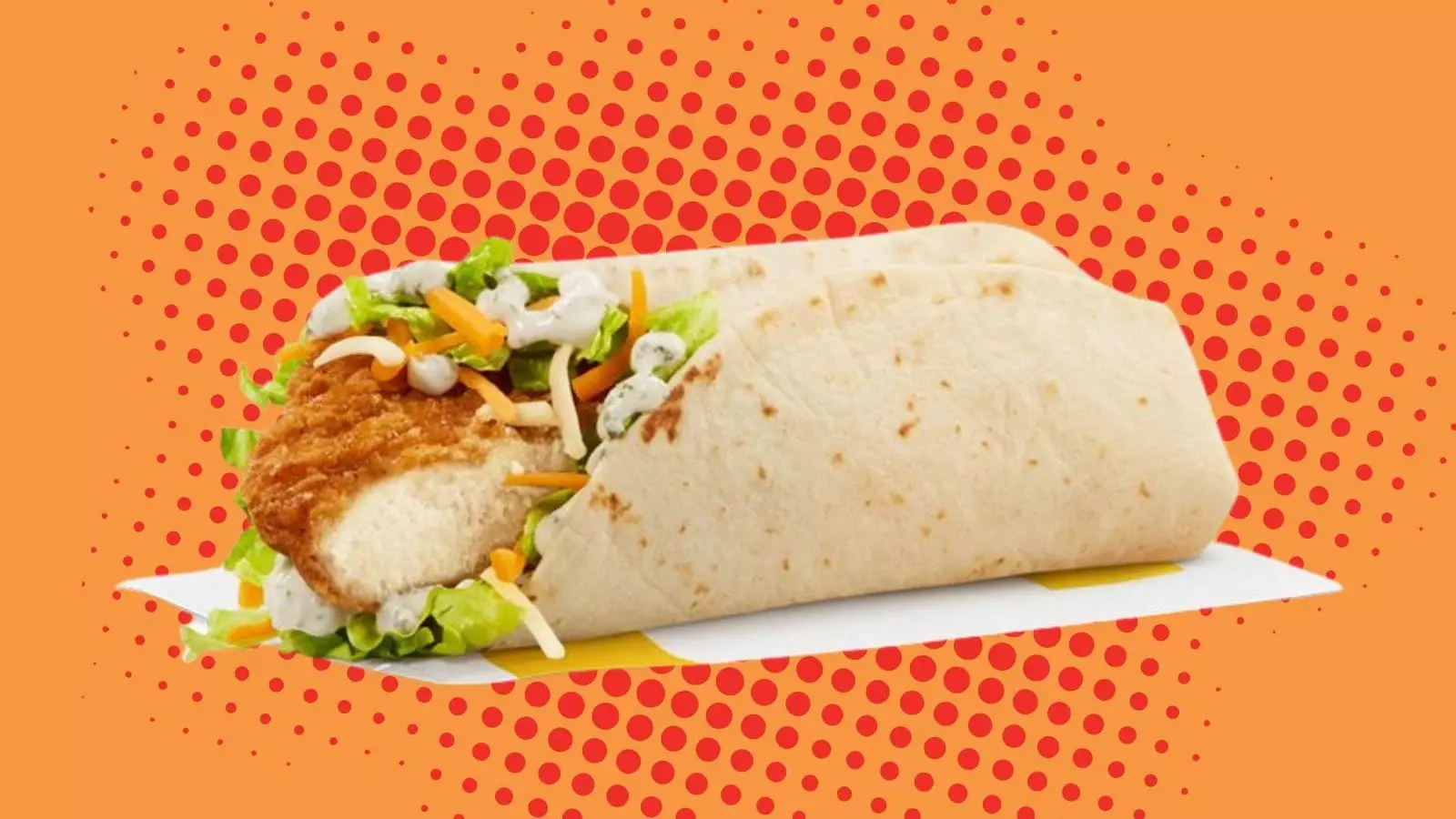In a remarkable turn of events, McDonald’s is set to bring back the beloved Snack Wrap, a once-discontinued menu item that holds a deep emotional resonance for many fans. What began as a simple fast-food offering in 2006 has transformed into a symbol of comfort and collective yearning. This moment is more than just a business decision; it’s the culmination of nearly a decade of nostalgic appeals, social media campaigns, and a cultural phenomenon that underscores the relationship we have with our food. When McDonald’s posted a cryptic teaser on social media saying, “snack wraps 0x.14.2025,” the internet erupted with excitement, highlighting how much the Snack Wrap means to its devoted fans.
The food industry, especially fast food, is frequently associated with forgettable meals that are consumed without much thought. However, the Snack Wrap stands out for its simplicity and versatility. It was a perfect blend of tastes, a quick and nutritious option amid a sea of unhealthy fast-food offerings. For Millennials and Gen Z, it served as both refreshment and reminiscence, turning it into a culinary emblem of their formative years. When it was taken off the menu in 2016, it didn’t just leave an empty slot in McDonald’s offerings; it removed a piece of the cultural fabric surrounding fast food. The fact that it garnered so much online attention and demand reflects a deeper societal need for comfort in an era where everything seems uncertain.
A Grassroots Movement of Craving and Memory
As evidenced by the enthusiastic responses across social media platforms, the Snack Wrap has become more than just a meal; it’s become a collective memory, a topic of discussion woven into the fabric of several generations’ shared experiences. Users on platforms like Reddit have fondly recalled how it served practical roles in their lives, from a staple at school lunches to a go-to for post-party recovery. Messages such as “this is bigger than the McRib” signify the extent of attachment people have to this particular snack, positioning it as an essential cultural artifact rather than just a food item.
This phenomenon shines a light on how fast food operates within the realm of nostalgia. Posts from fans exclaim their longing for the return of the snack wrap often come laden with personal stories. Comments reminisce about its taste, affordability, and the simple joy it once provided, demonstrating how food can evoke powerful memories and lives lived. In a world saturated with choices, the Snack Wrap stands as a beacon of familiarity. Users eagerly counted down the years since its disappearance in hopes of seeing it re-emerge, giving rise to a grassroots movement for its revival.
McDonald’s Strategy: Tapping into Nostalgia
McDonald’s has undoubtedly demonstrated a keen awareness of its brand identity and consumer sentiment. While some might dismiss the social media buzz as mere marketing tactics, it speaks to something far more intuitive about branding in today’s age. The minimalist teaser approach shared by the company is smartly designed to ignite curiosity and anticipation, allowing fans to actively participate in the conversation surrounding the brand. Instead of releasing an over-the-top marketing campaign, McDonald’s has chosen to resonate with its audience through a slow buildup, allowing the Snack Wrap to reclaim its space in the fast-food narrative organically.
The digital landscape has changed the nature of brand interactions, and McDonald’s appears adept at leveraging these shifts. Their movement to give fans a taste of nostalgia while respecting their hunger for familiarity speaks volumes about the evolving dynamics of consumer habits. Far from relying on outdated marketing tactics, McDonald’s has embraced the elements of emotional engagement and shared community sentiment. The Snack Wrap’s revival is a testament to how brands can grow alongside their consumers, transforming a product hiatus into an opportunity for reconnection.
The Importance of Continuity in Brand Identity
The resurrection of the Snack Wrap highlights a broader trend: brands are becoming increasingly aware of the emotional landscape surrounding their products. This understanding has been shaped by years of consumer discourse on platforms like Twitter and TikTok, making nostalgia a sellable commodity. In an atmosphere rife with economic challenges, fast food fatigue, and market volatility, the reintroduction of a nostalgic item like the Snack Wrap may serve not only as a strategic move for McDonald’s but also as a comforting reset for its consumers.
As we move toward 2025, the excitement surrounding the potential return of the Snack Wrap symbolizes a yearning for authenticity and familiarity in a fast-paced world. In an age characterized by constant change and uncertainty, the humble Snack Wrap represents the simple pleasures that many are craving—a best friend from one’s culinary past, poised to make a triumphant return. The inevitable revival of the Snack Wrap isn’t merely a marketing decision; it’s a thoughtful acknowledgment of the intricate ties between food, memories, and identity.


Leave a Reply